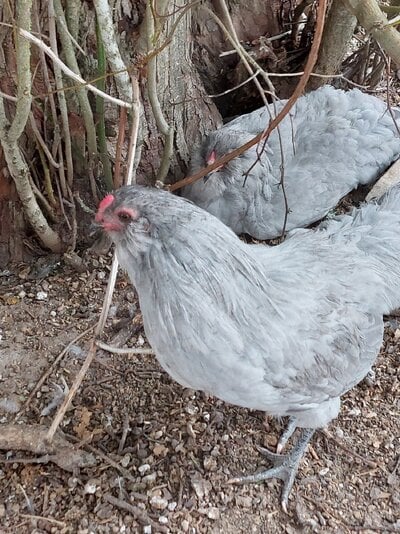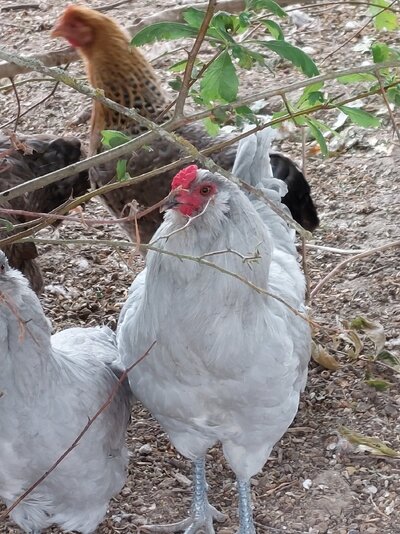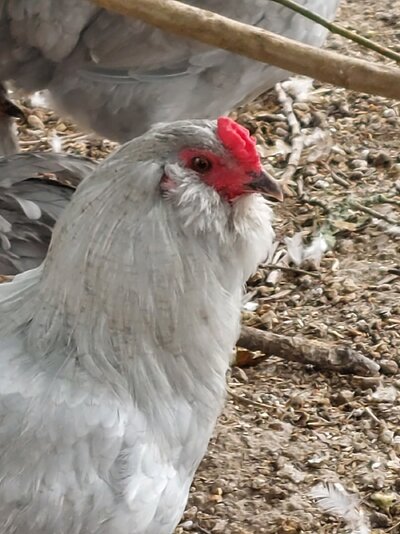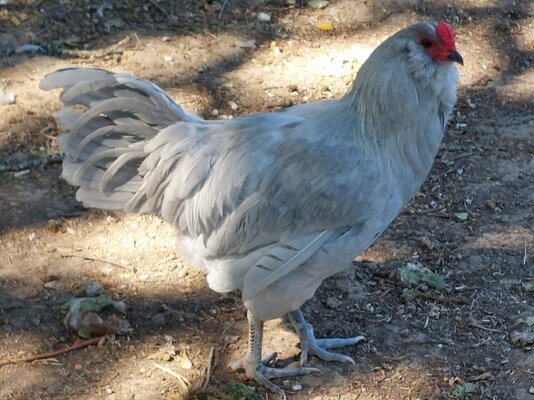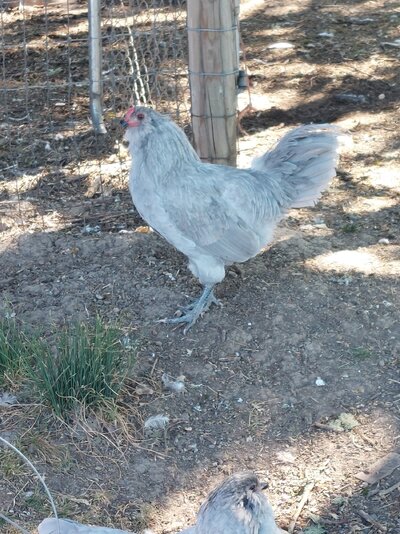winterwolf4
Songster
I have two Lavender Ameracauna roosters. I am trying to pick which one is better. Rooster #1 has a smaller comb. While rooster #2 has a bigger comb. I am new to breeding Ameracaunas so please help me figure this out.
I do not have good full body pictures of them, but I will work on getting them tomorrow.
I do not have good full body pictures of them, but I will work on getting them tomorrow.

